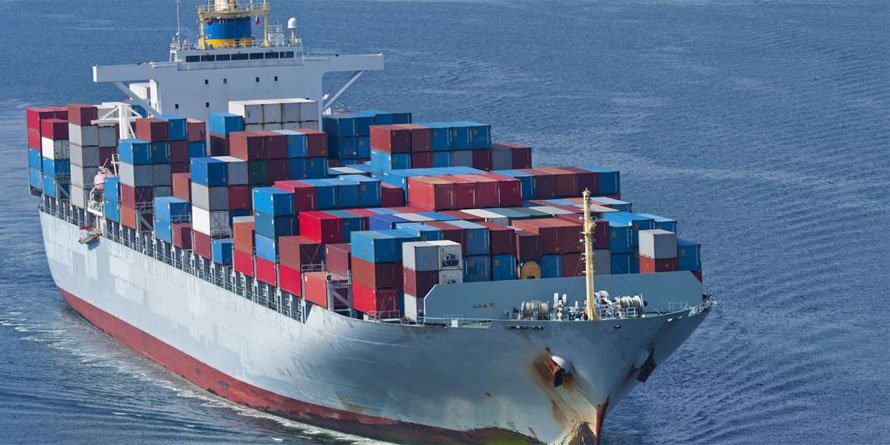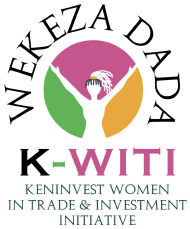Hapag-Lloyd, the world’s sixth largest shipping company, has announced the opening of a new line from Jeddah in Saudi Arabia into the ports of Mombasa and Dar es Salaam, opening the door to faster transit times and lower freight charges expected competition.
Hapag-Lloyd will start the service in April with four vessels plying the line from Jeddah in weekly connections to to the east African cities.
The shipping company currently offers services linking Asia to Europe and port coverage in Mexico and the Caribbean, among other regions, making the move to serve East Africa a significant one.
It will establish local representation in Kenya, Tanzania and Uganda through Diamond Shipping Services Ltd, a transport service in Nairobi.
Mombasa will act as a gateway to other neighbouring countries, including South Sudan, Rwanda, Burundi, DRC, Malawi, Uganda and Zambia.
“With our East Africa Service (EAS), we will be entering a trade which our customers have wanted us to serve. In the process, the EAS will benefit from Hapag-Lloyd’s strong presence in the Middle East and connect to our global network,” said Lars Christiansen, senior managing director Region Middle East in a statement.
The demand for more lines from the Middle East has been driven by sharp import growth.
Kenyan imports from Saudi Arabia, led by petroleum imports, rose by 25.2 per cent between 2015 and 2016, to total Sh69 billion in value.
Part of that rise was due to rising oil prices, but the flow has also increased in volume, up 9.5 per cent in tonnage in 2016, to 4.85 million tonnes, from 4.43 million tonnes. East Africa additionally imports molasses, paper and chemicals from Saudi Arabia.
Kenya’s exports to Saudi Arabia, however, remain far smaller at Sh6.7 billion in 2016, and spanning tea, coffee, vegetables, textile materials, fruits, nuts and beef.
However, the Mombasa port traffic is heavily slanted towards imports across all of the current shipping services.
Mombasa serves more than 100 ships a month, including container vessels, conventional vessels and tankers. Yet, typically, last week, the Kenya Ports Authority reported that from the 22 incoming general cargo vessels, it discharged 285,348 metric tonnes, and loaded another 4,265 metric tonnes for export.
Much of the incoming freight, however, is then exported to surrounding nations, prime among them Uganda withcontainers equivalent to 3,740 twenty feet equivalent units in the week ending February 14, according to the KPA.
The port also took in 472 TEUs for Tanzania, 256 for South Sudan, 141 TEUs for Democratic Republic of Congo, and 164 bound for Rwanda.
Local freight companies hope the additional inwards and outward capacity may also reduce prices.
“The entry of a new player in the industry is exciting news for us because it means all shipping companies will now be competing for cargo and if the volume is maintained, they will have to lower the charges in order to win business,” said John Orwa, service delivery manager at Multiple Solutions Limited, a logistics company based in Mombasa.
“Other than the container shipment charges, importers may also benefit from the reduction in container deposit fees and demurrage charges as shipping lines start using these charges as marketing tools to attract more customers,” said Abhishek Sharma, a logistics analyst at TradeMark East Africa.
“The entry of the Hapag-Lloyd East Africa service is a vote of confidence in the expected growth of trade in the region in coming years,” said Sharma.
Source: Business Daily









